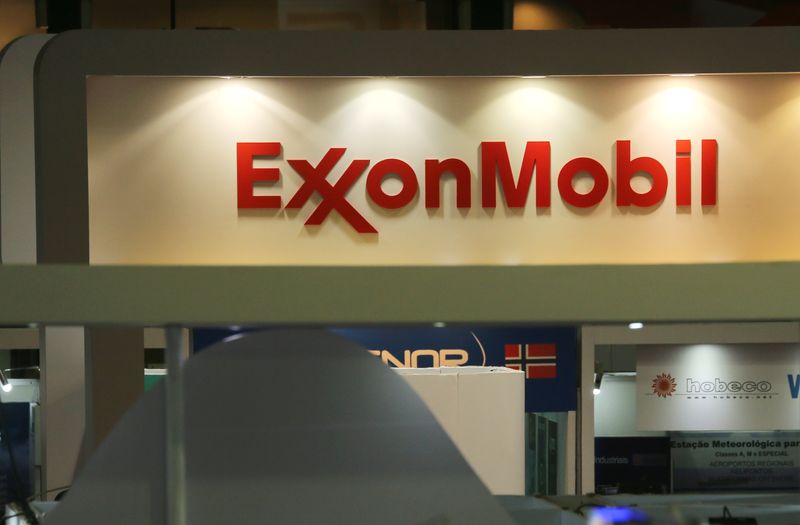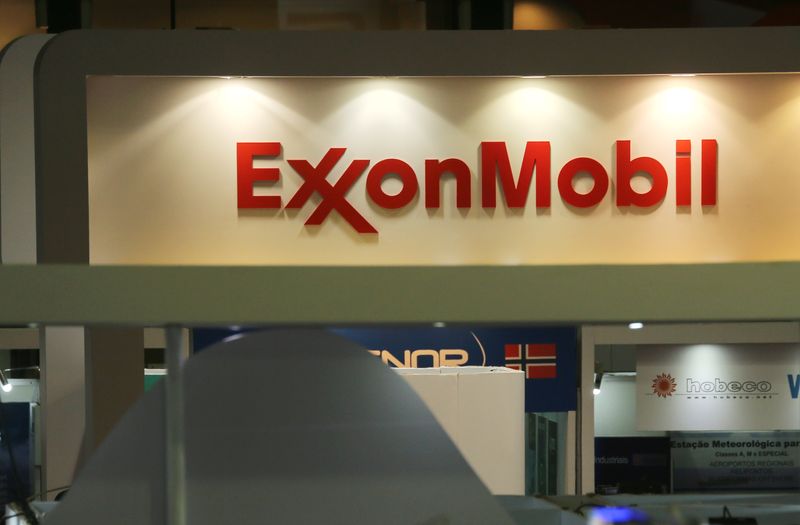Commodities
Exclusive-ExxonMobil selling Malaysia oil and gas assets to Petronas, sources say

By Yantoultra Ngui and Florence Tan
SINGAPORE (Reuters) -Exxon Mobil Corp has agreed to sell its Malaysian oil and gas assets to state energy firm Petronas, exiting the country’s upstream sector where it used to be a dominant producer, two people with direct knowledge of the matter said.
The U.S. major, which last year marked its 130th year in Malaysia, has been trying to sell its ageing upstream assets in the country since 2020, Malaysian media have reported, part of a shift in its strategy to focus on oil production in the Americas.
Petronas has taken over operations of Exxon’s assets, including the country’s flagship Tapis oilfield in Terengganu which began production in 1978, three people said.
Exxon’s staff would be transferred to Petronas as part of the deal, one of them said.
Petronas said on Saturday that Petronas Carigali Sdn Bhd is currently engaged in discussions with ExxonMobil (NYSE:) Exploration and Production Malaysia Inc regarding the transfer of operations for two production-sharing contracts located offshore peninsular Malaysia.
“The discussions are subject to further agreements between both parties,” it said in response to a Reuters query. “Petronas Carigali remains committed to safe operations, as well as maintaining reliable and uninterrupted energy supply for our customers throughout the process.”
ExxonMobil did not respond to requests for comment.
The terms of the deal were not immediately known.
In an article posted on its website dated Nov. 12, 2023, Exxon said it remained a significant energy producer in Malaysia, contributing about 40% and 50%, respectively, to Peninsular Malaysia’s and production.
The company operates 35 oil and gas platforms in 12 fields offshore Terengganu, and has a working interest in another 10 platforms in five fields in the South China Sea.

The combined operations produce about 15% of Malaysia’s crude oil and condensate of 600,000 barrels a day, and more than half of peninsular Malaysia’s natural gas of more than 2 billion cubic feet per day.
Its last major investment in the country was in a $2.5 billion enhanced oil recovery project at the Tapis field, which started up in late 2014.
Commodities
Oil prices rise; U.S. crude inventories plunge, Russia-Ukraine truce eyed
Commodities
India’s Reliance to stop buying Venezuelan oil over US tariffs, sources say
Commodities
Oil prices climb on Venezuela supply worries

 Forex3 years ago
Forex3 years agoForex Today: the dollar is gaining strength amid gloomy sentiment at the start of the Fed’s week

 Forex3 years ago
Forex3 years agoUnbiased review of Pocket Option broker

 Forex3 years ago
Forex3 years agoDollar to pound sterling exchange rate today: Pound plummeted to its lowest since 1985

 Forex3 years ago
Forex3 years agoHow is the Australian dollar doing today?

 Cryptocurrency3 years ago
Cryptocurrency3 years agoWhat happened in the crypto market – current events today

 World3 years ago
World3 years agoWhy are modern video games an art form?

 Commodities3 years ago
Commodities3 years agoCopper continues to fall in price on expectations of lower demand in China

 Economy3 years ago
Economy3 years agoCrude oil tankers double in price due to EU anti-Russian sanctions























